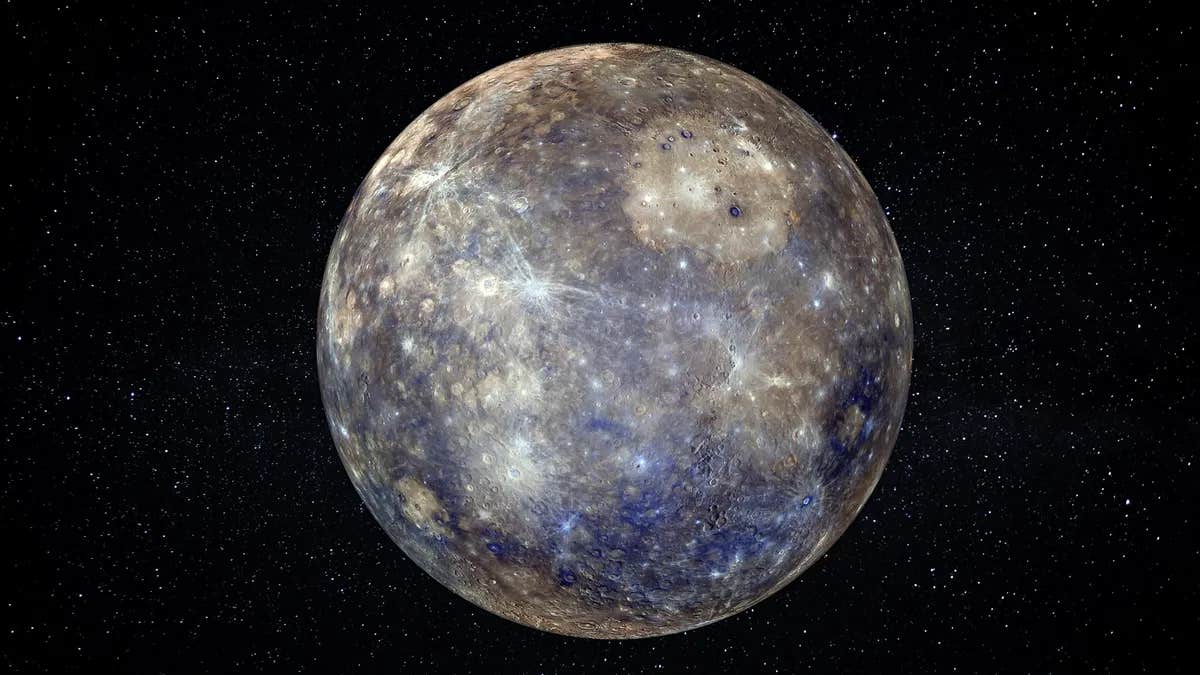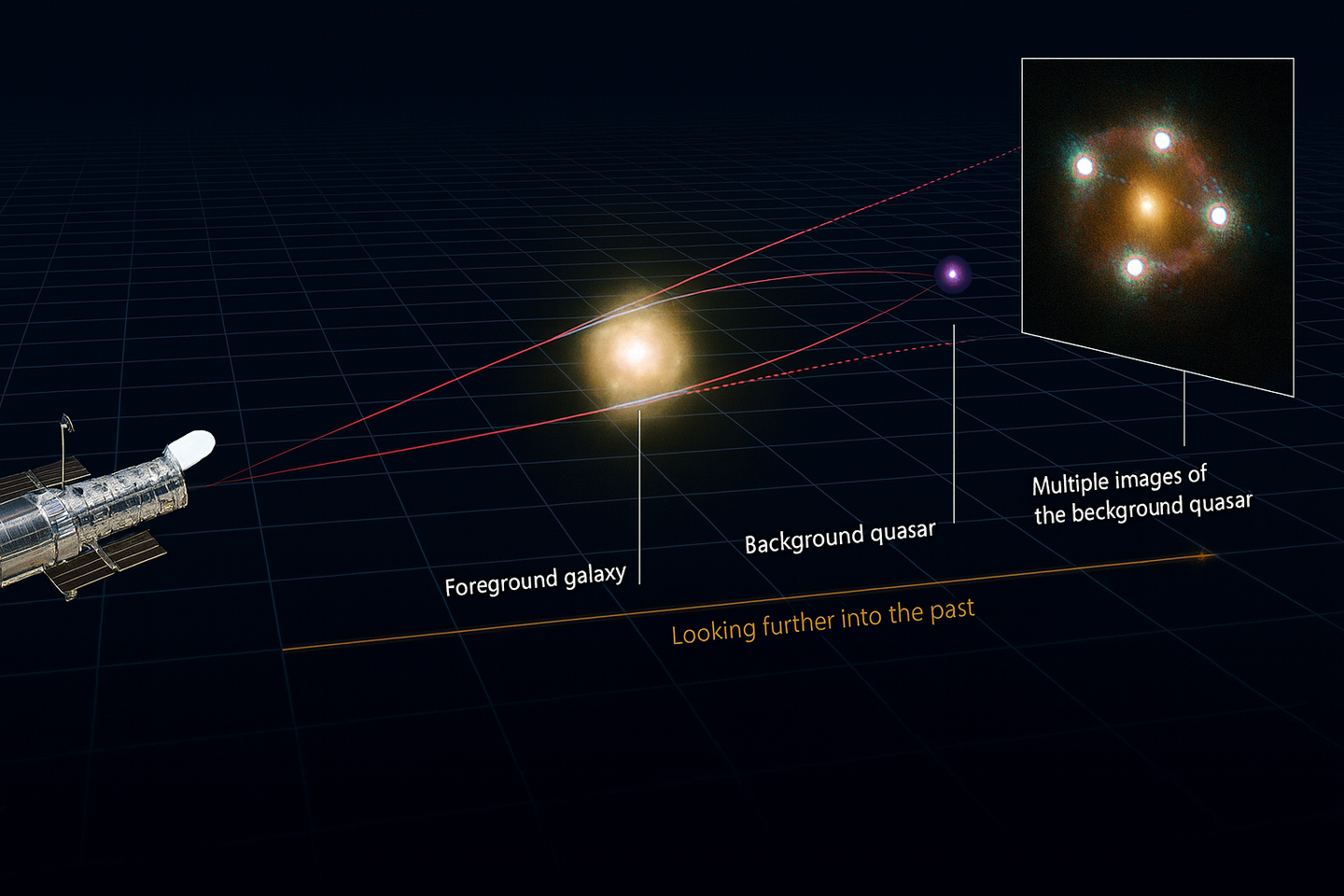Mercury has been slowly shrinking for billions of years, study finds
Mercury, the smallest planet in the solar system, has spent billions of years quietly getting even smaller.

A new study has revealed that Mercury’s radius has decreased by up to 5.6 km as the planet cooled. (CREDIT: Shutterstock)
Mercury, the smallest planet in the solar system, has spent billions of years quietly getting even smaller. Since its fiery beginnings 4.5 billion years ago, it has been steadily cooling and contracting. The result is a planet that is literally wrinkling as it shrinks, leaving behind enormous cliffs and ridges etched across its surface.
Back in 1974, NASA’s Mariner 10 spacecraft gave scientists their first good look at these features. The mission revealed great scarps, or steep slopes, scattered across Mercury’s crust. These formations, scientists realized, are the surface signatures of thrust faults—giant fractures where one section of land is shoved over another as the planet contracts.
“Because Mercury’s interior is shrinking, its surface has progressively less area to cover. It responds to this by developing thrust faults—where one tract of terrain gets pushed over the adjacent terrain,” said David Rothery, Professor of Planetary Geosciences at the Open University. He compared the planet’s wrinkles to those of an aging apple, though Mercury shrinks because of cooling rather than drying out.
A Planet That Cracks as It Cools
The idea of a shrinking Mercury isn’t new, but the exact numbers have been debated for decades. Some studies suggested the planet’s radius had decreased by less than one kilometer, while others estimated as much as seven. The wide range came down to how different teams mapped and measured Mercury’s many faults. If you include thousands of landforms, you might get one answer; leave some out, and the numbers change.
Adding to the puzzle are impact craters. Some were stretched and distorted by contraction, while others formed after faults already existed, landing on top of scarps. That layering helps scientists determine when the shrinking took place, but it also complicated attempts to calculate just how much shrinkage had occurred.
Related Stories
- From gas giants to rocky worlds: Why planets in our solar system differ
- James Webb Telescope finds hidden moon orbiting Uranus
A Fresh Approach
To clear up the confusion, researchers Thomas R. Watters, Alex Klimczak, and Christopher R. Loveless used a different method. Instead of tallying up every possible fault, they studied the biggest fault in each dataset, measured its contribution to planetary contraction, and then scaled that effect to account for the entire fault population. This way, their results didn’t depend on whether a dataset included hundreds of faults or thousands.
When the method was applied to three different datasets—ranging from about 100 faults to nearly 6,000—the answer came back surprisingly consistent. Mercury’s radius, they found, has shrunk by about 2.3 to 3.5 kilometers.
When combined with other cooling-related processes not directly linked to faulting, the total shrinkage may be closer to 2.7 to 5.6 kilometers. That’s roughly the difference between the height of the Empire State Building and Mount Everest.
What This Tells Us About Mercury
These findings, published in AGU Advances, bring long-sought clarity to Mercury’s thermal history. Earlier, the estimates were too far apart to give a reliable picture of how the planet evolved.
Now, scientists can better understand the pace of cooling and the mechanics of contraction. The results also align with computer models that simulate how a rocky planet sheds heat over billions of years.
Interestingly, Mercury isn’t alone. Other rocky worlds, including Mars and Earth’s own Moon, also show signs of shrinking as their interiors cool. By applying the same method to those bodies, researchers hope to uncover more details about how rocky planets age and change.
Practical Implications of the Research
The refined estimates of Mercury’s shrinkage not only sharpen our picture of the innermost planet but also provide tools for studying other rocky worlds. By understanding how planets contract as they cool, scientists can better model their thermal evolution, helping to answer broader questions about planetary lifespans, tectonic activity, and habitability.
This work may also guide future space missions that probe the geology of Mars, the Moon, and beyond.
Note: The article above provided above by The Brighter Side of News.
Like these kind of feel good stories? Get The Brighter Side of News' newsletter.
Joshua Shavit
Science & Technology Writer and Editor
Joshua Shavit is a Los Angeles-based science and technology writer with a passion for exploring the breakthroughs shaping the future. As a co-founder of The Brighter Side of News, he focuses on positive and transformative advancements in AI, technology, physics, engineering, robotics and space science. Joshua is currently working towards a Bachelor of Science in Business and Industrial Engineering at the University of California, Berkeley. He combines his academic background with a talent for storytelling, making complex scientific discoveries engaging and accessible. His work highlights the innovators behind the ideas, bringing readers closer to the people driving progress.



